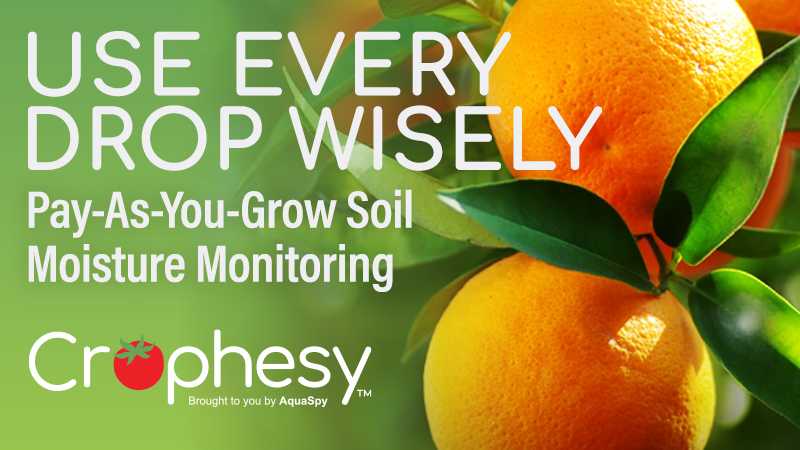How To Prevent Crown Gall In Walnuts

After using a hatchet and chisel to remove gall tissue, remove a 1-inch ring of bark from around the gall. Use a torch to heat, dry, and sterilize the area.
In recent years, walnut growers have increasingly been planting on more marginal soils, so many have opted to go with Paradox rootstock, which performs better on such soils as well as in replant situations. But even better, says Richard Buchner, a University of California Cooperative Extension farm adviser in Tehama County, is that Paradox has resistance to phytophthora root rot diseases.
The trade-off is that Paradox is highly susceptible to crown gall, a disorder caused by Agrobacterium tumefaciens. Crown galls are masses of soft, disorganized tissue found in healthy wood often below the ground. Buchner says the trade-off is worth it.
Gall Checklist
Here are six points for walnut growers to keep in mind in ridding their orchards of crown gall, courtesy of University of California Cooperative Extension Farm Adviser Richard Buchner.
- The tissue around the gall is critical to treat.
- Chemical treatments alone are not effective.
- Sterile surgery is the best way to ensure success.
- Killing the surrounding bark eliminates the bacteria.
- Surgery plus heat is the preferred method.
- Get galls when they’re small.
“I always tell my growers we have a pretty good technique to treat crown gall, but we don’t for phytophthora, so crown gall is the lesser of two evils, far and away,” he says. “Crown gall is a very prevalent, serious problem, but you can treat it, and after seven years or so, a tree can usually survive it, as opposed to phytophthoras, which are usually fatal.”
Paradox rootstock also has the disadvantage of being more expensive than other rootstocks, but Buchner says the higher price pencils out. “You only get one chance to plant an orchard right,” he says, “and the higher cost is relatively small when it’s spread over 40 years.”
No Shortcuts
Treating crown gall is relatively straightforward, but to do it right takes time, and there are no shortcuts, says Buchner, who does not recommend the liquid treatments many growers employ. “Growers naturally want a faster, better, cheaper way — they just want to paint the gall, and it dies,” he says. “But dry heat is much more sterile and just works better.”
If you’re fortunate enough to have only a few galls, Buchner advises using a hatchet and chisel to remove most of the gall tissue. Then take a propane torch and sterilize a knife, which you use to cut and remove a 1-inch ring of bark from around the gall. Finally, use the torch to heat, dry, and sterilize the ring around the gall.
If you’ve only got a few galls, exposing galls by hand makes sense. However, if many trees are affected, this method will be too time-consuming. It obviously depends on the size of the block you’re treating, but if you find numerous galls, such as on 10% to 15% of your trees, for example, you’ll want to consider a mechanical means of soil removal to expose the galls.
Like A Jet Engine
There are several mechanical methods, but they usually involve one of two means, pneumatic and hydraulic. While the hydraulic methods are not uncommon, and can work faster than pneumatic systems, Buchner doesn’t recommend them.
“Hydraulic methods work OK, but you’ve got a lot of water and mud to deal with,” he says. “If you’re going to seriously treat numerous galls, go pneumatic.”
For pneumatic excavation, you can use a commonly available air compressor and hose. The key is to attach precisely engineered nozzles that will accelerate the air stream to twice the speed of sound, or Mach 2. Buchner adds that growers should be aware that these air jets are very, very loud. This equipment can also be difficult and potentially dangerous to handle, so growers need to plan carefully to ensure employee safety.
Once most of the gall tissue is removed, you can grab the sterilized knife and proceed with surgery, as described above. If it sounds like a lot of work, it is, but Buchner says it’s really not that difficult. “Most guys I know who have tried it are pretty good at surgery now,” he says.









